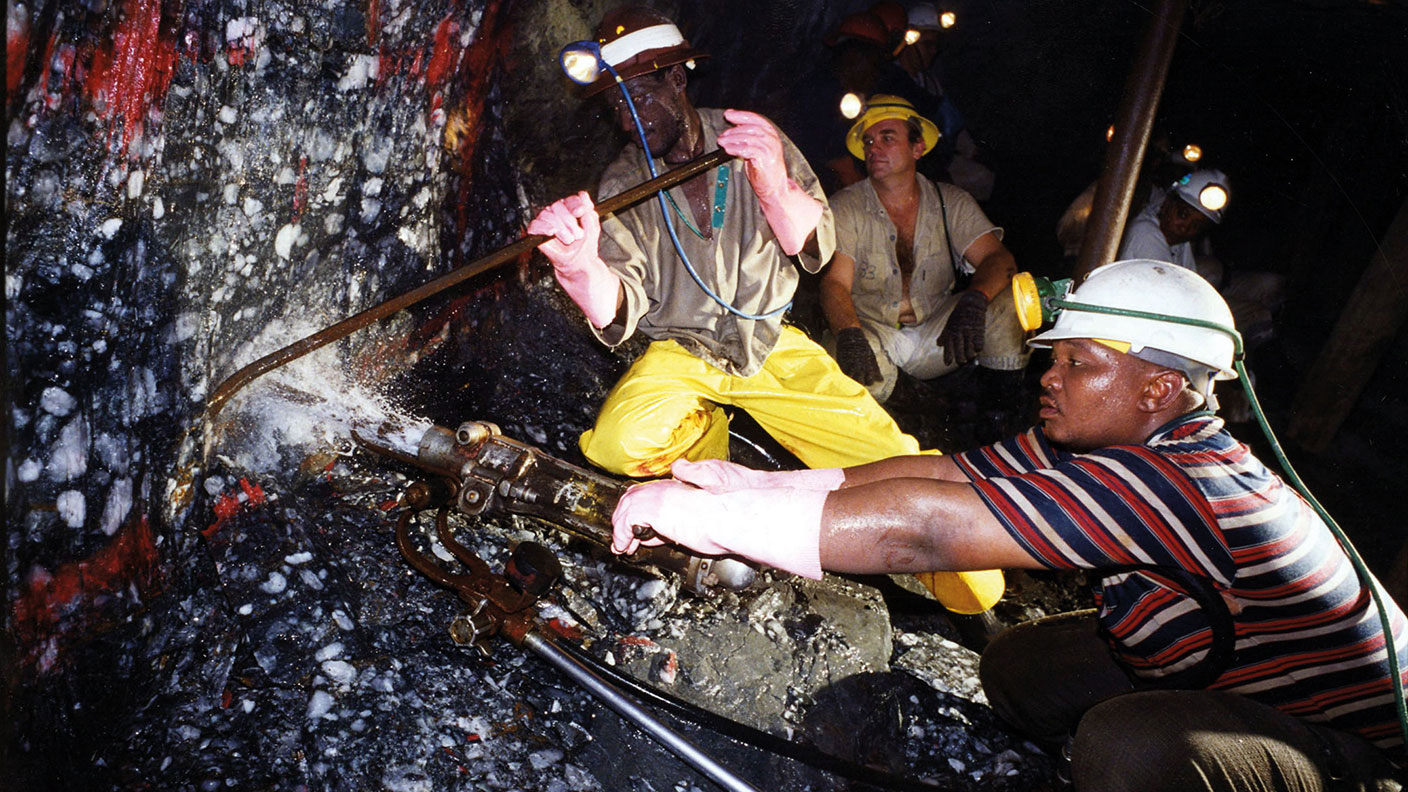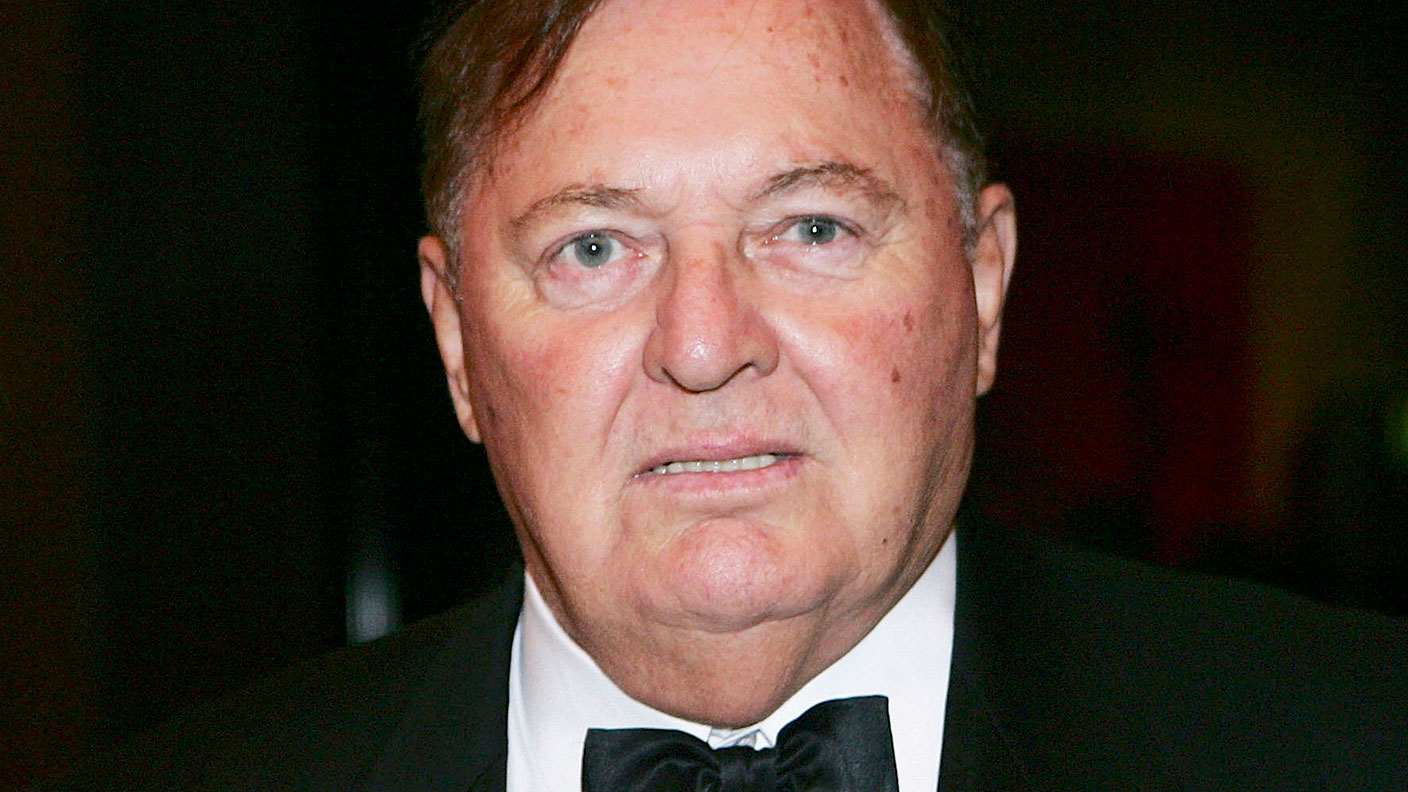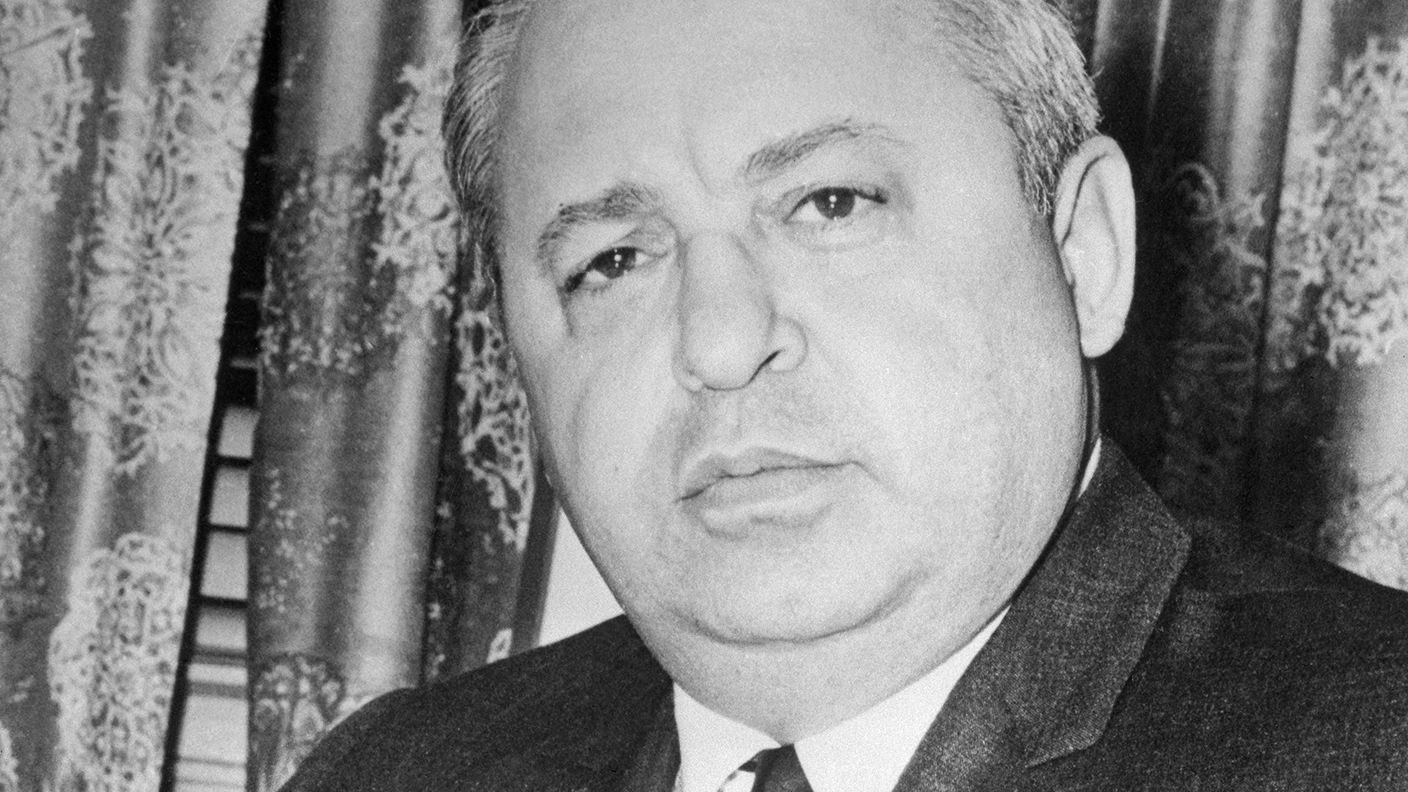Great frauds in history: Ernest Terah Hooley
Ernest Terah Hooley employed every trick in the book to get the public to buy shares in his firms at inflated prices.


Ernest Terah Hooley was born in Nottinghamshire in 1859, the only child of a lacemaker. Ernest started work in his father's business and by 1888 had earned enough to buy Risley Hall in Derbyshire for £5,000 (about £640,000 in today's money). He then moved into stockbroking, making headlines when he boughtthe Pneumatic Tyre Company for £3m and then floated it (now named Dunlop) for £5m.
Over the next decade hewould repeat this trickwith several other firms, including bicycle maker Raleigh and beefy drink brand Bovril. By 1895 he was wealthy enough to be able to afford to buy Papworth Hall in Cambridge for £70,000 (£9m).
What was the scam?
In order to get the public to buy shares in the firms he was floating at inflated prices, Hooley employed every trick in the book, from making fraudulent claims about how much money the firms were making to bribing journalists to write favourably about them.
Subscribe to MoneyWeek
Subscribe to MoneyWeek today and get your first six magazine issues absolutely FREE

Sign up to Money Morning
Don't miss the latest investment and personal finances news, market analysis, plus money-saving tips with our free twice-daily newsletter
Don't miss the latest investment and personal finances news, market analysis, plus money-saving tips with our free twice-daily newsletter
Indeed, he would later complain that many of his profits ended up in the pockets of newspaper and magazine editors. He also engaged in market manipulation by getting companies under his control to make large bids for other firms (whose shares he had covertly acquired), which they would later abandon (but not before he had sold his shares at a profit).
What happened next?
Hooley's extravagant lifestyle, and investor anger after the shares in the newly floated firms collapsed, eventually caught up with him, and he was declared bankrupt in 1898. He was able to ensure that his wife retained control of his properties, however, and he was acquitted on multiple charges of fraud. Over the next three decades he attempted to make several comebacks, with mixed results. He went bankrupt three more times and was imprisoned twice.
Lessons for investors
In 1898 the Pall Mall Gazette estimated that the 17 firms Hooley had been involved with had fallen in value by over half since flotation, with investors losing a total of £4.3m (£549m in today's money).
Part of this was down to Hooley's fraudulent behaviour, but the bubble in the bicycle sector (which many of Hooley's companies were involved in) made his task easier, as people were willing to invest without paying much attention. As Warren Buffett later said: "It's only when the tide goes out that you realise who's been swimming naked."
Get the latest financial news, insights and expert analysis from our award-winning MoneyWeek team, to help you understand what really matters when it comes to your finances.

Matthew graduated from the University of Durham in 2004; he then gained an MSc, followed by a PhD at the London School of Economics.
He has previously written for a wide range of publications, including the Guardian and the Economist, and also helped to run a newsletter on terrorism. He has spent time at Lehman Brothers, Citigroup and the consultancy Lombard Street Research.
Matthew is the author of Superinvestors: Lessons from the greatest investors in history, published by Harriman House, which has been translated into several languages. His second book, Investing Explained: The Accessible Guide to Building an Investment Portfolio, is published by Kogan Page.
As senior writer, he writes the shares and politics & economics pages, as well as weekly Blowing It and Great Frauds in History columns He also writes a fortnightly reviews page and trading tips, as well as regular cover stories and multi-page investment focus features.
Follow Matthew on Twitter: @DrMatthewPartri
-
 1,000 children hold over £100,000 in a junior ISA – how to grow tax-free nest egg for your child
1,000 children hold over £100,000 in a junior ISA – how to grow tax-free nest egg for your childJunior ISAs can be a tax-efficient way to grow a nest egg for your child. We explain how they work
-
 How to start investing: a beginner’s guide
How to start investing: a beginner’s guideGetting started in investing is a great way to make your money work harder for you over the long term, as investments tend to outperform cash savings
-
Christopher Columbus Wilson: the spiv who cashed in on new-fangled radios
Profiles Christopher Columbus Wilson gave radios away to drum up business in his United Wireless Telegraph Company. The company went bankrupt and Wilson was convicted of fraud.
-
 Great frauds in history: Philip Arnold’s big diamond hoax
Great frauds in history: Philip Arnold’s big diamond hoaxProfiles Philip Arnold and his cousin John Slack lured investors into their mining company by claiming to have discovered large deposit of diamonds. There were no diamonds.
-
Great frauds in history: John MacGregor’s dodgy loans
Profiles When the Royal British Bank fell on hard times, founder John MacGregor started falsifying the accounts and paying dividends out of capital. The bank finally collapsed with liabilities of £539,131
-
Great frauds in history: the Independent West Middlesex Fire and Life Assurance Company's early Ponzi scheme
Profiles The Independent West Middlesex Fire and Life Assurance Company (IWM) offered annuities and life insurance policies at rates that proved too good to be true – thousands of policyholders who had handed over large sums were left with nothing.
-
 Great frauds in history: Alan Bond’s debt-fuelled empire
Great frauds in history: Alan Bond’s debt-fuelled empireProfiles Alan Bond built an empire that encompassed brewing, mining, television on unsustainable amounts of debt, which led to his downfall and imprisonment.
-
 Great frauds in history: Martin Grass’s debt binge
Great frauds in history: Martin Grass’s debt bingeProfiles AS CEO of pharmacy chain Rite Aid. Martin Grass borrowed heavily to fund a string of acquisitions, then cooked the books to manage the debt, inflating profits by $1.6bn.
-
 Great frauds in history: Tino De Angelis’ salad-oil scam
Great frauds in history: Tino De Angelis’ salad-oil scamProfiles Anthony “Tino” De Angelis decided to corner the market in soybean oil and borrowed large amounts of money secured against the salad oil in his company’s storage tanks. Salad oil that turned out to be water.
-
 Great frauds in history: Gerard Lee Bevan’s dangerous debts
Great frauds in history: Gerard Lee Bevan’s dangerous debtsProfiles Gerard Lee Bevan bankrupted a stockbroker and an insurer, wiping out shareholders and partners alike.